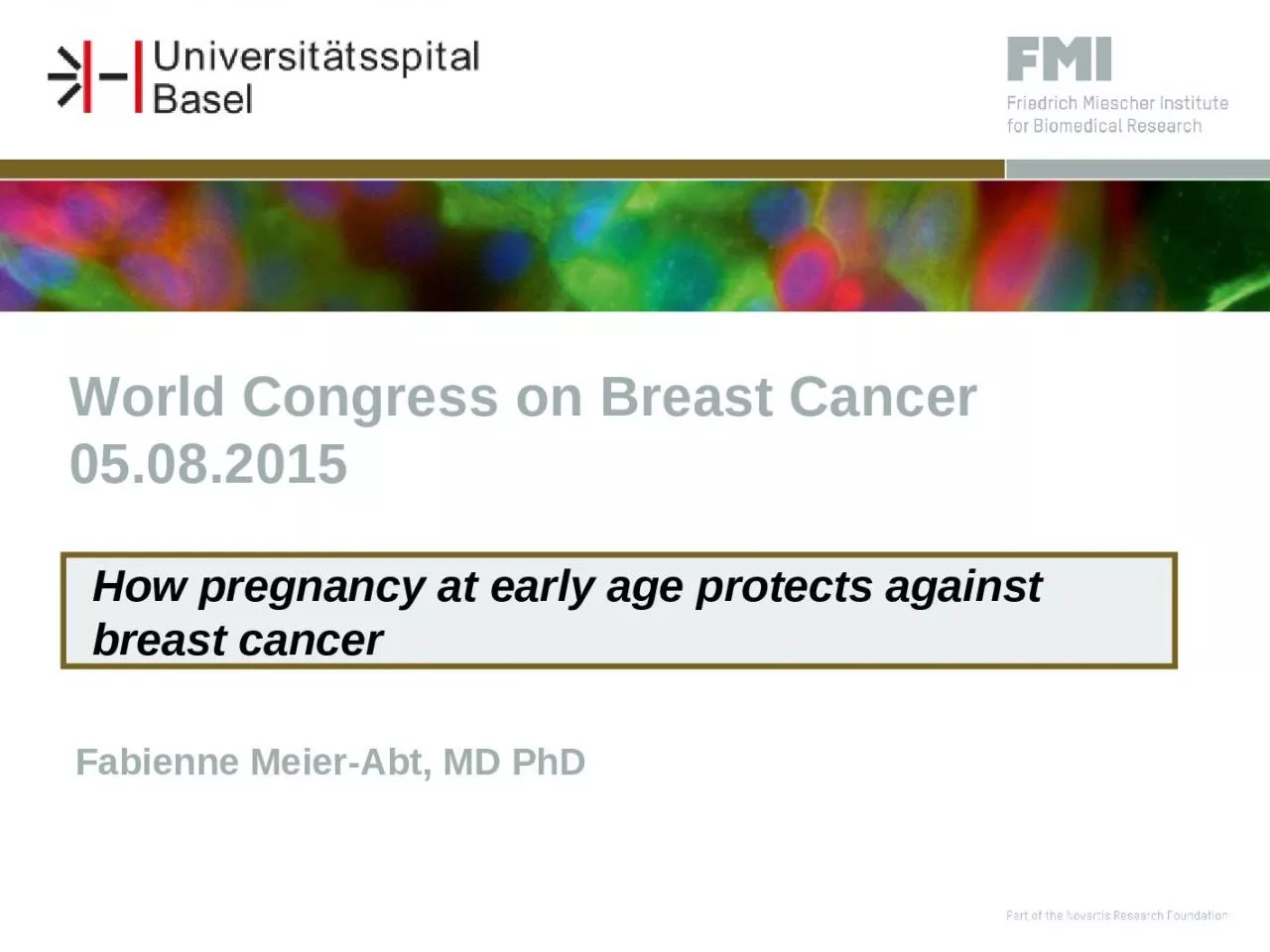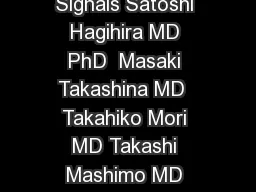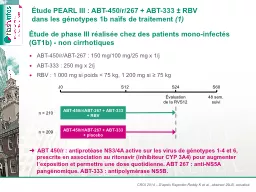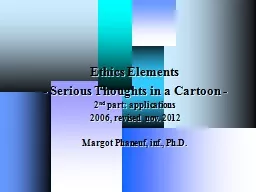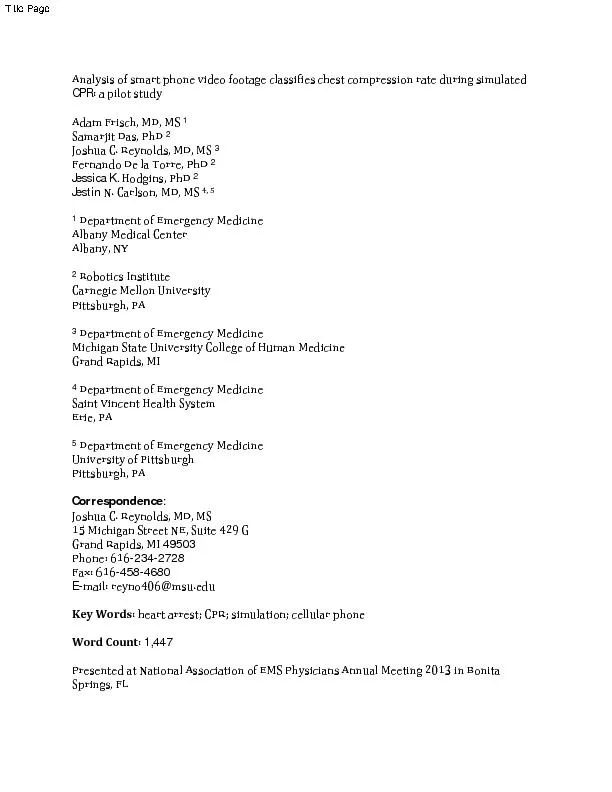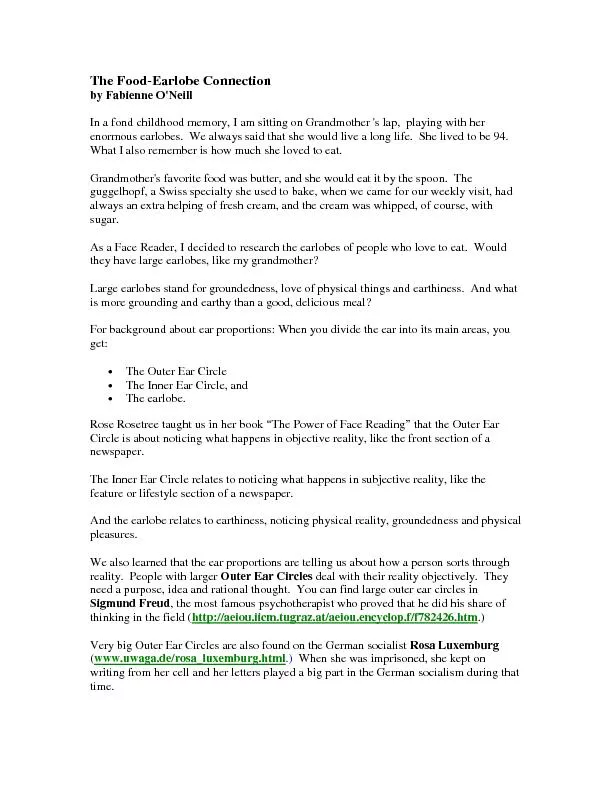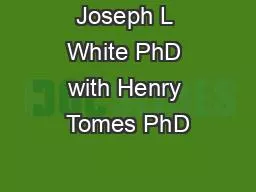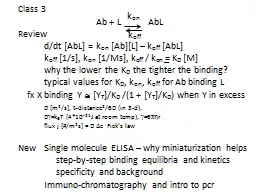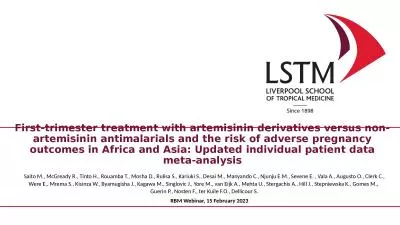PPT-Fabienne Meier-Abt, MD PhD
Author : PrettyInPink | Published Date : 2022-08-03
How pregnancy at early age protects against breast cancer World Congress on Breast Cancer 05082015 MacMahon B et al 1970 Lambe M et al 1996 Background Early
Presentation Embed Code
Download Presentation
Download Presentation The PPT/PDF document "Fabienne Meier-Abt, MD PhD" is the property of its rightful owner. Permission is granted to download and print the materials on this website for personal, non-commercial use only, and to display it on your personal computer provided you do not modify the materials and that you retain all copyright notices contained in the materials. By downloading content from our website, you accept the terms of this agreement.
Fabienne Meier-Abt, MD PhD: Transcript
Download Rules Of Document
"Fabienne Meier-Abt, MD PhD"The content belongs to its owner. You may download and print it for personal use, without modification, and keep all copyright notices. By downloading, you agree to these terms.
Related Documents

